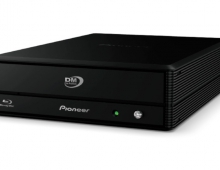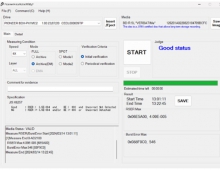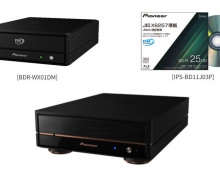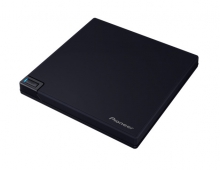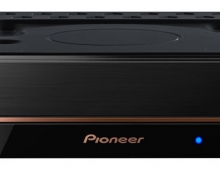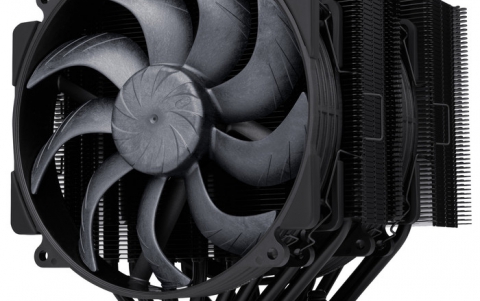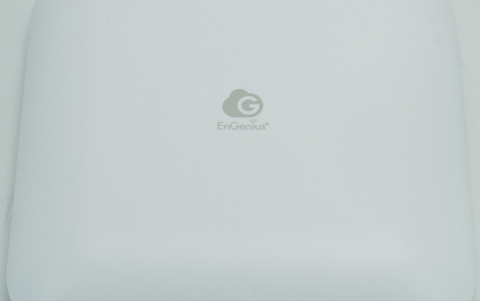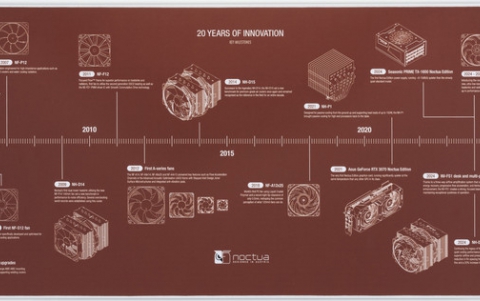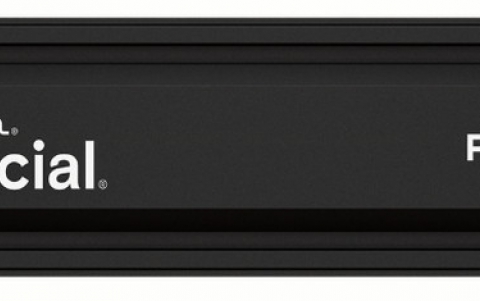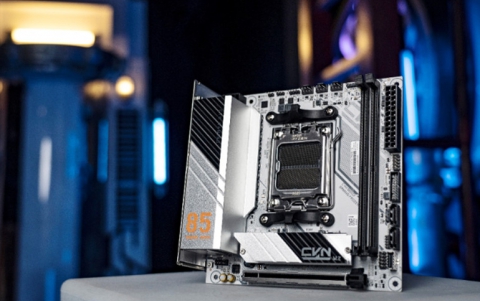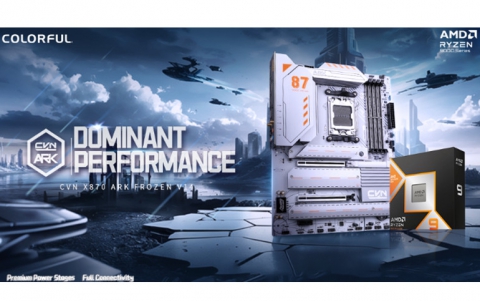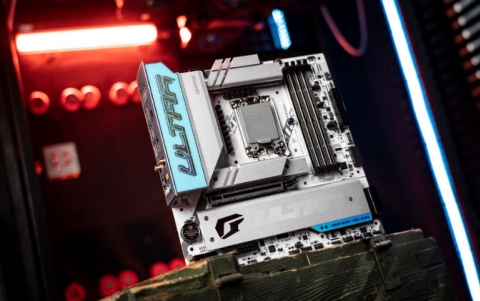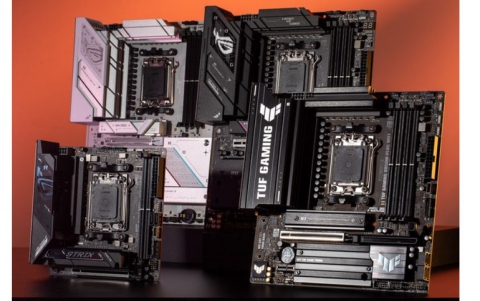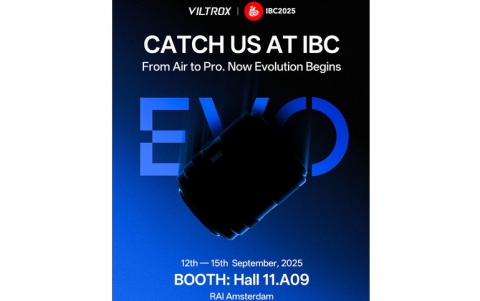Pioneer BDR-101A Blu-Ray Drive Preview
2. BD-R, BD-RE Format Information
Review Pages
2. BD-R, BD-RE Format Information
3. BD File System, Digital Errors Measurement
4. BD-R/RE Media
5. BD-R/RE Data Burning
6. BD-R/RE Reading
7. First Impressions
Let's start with some information regarding the BD-R and BD-RE formats.
Table 1.1 shows the main parameters of a Recordable Blu-ray Disc. To maximize capacity and performance, the main optical system parameters of the Blu-ray Recordable Disc include a laser diode with a wavelength of 405 nm and an objective lens with a NA of 0.85. Additionally, the current maximum user data transfer rate is 72 Mbps (2X). The channel modulation is 17PP and the recording area can be either on-groove or in-groove.
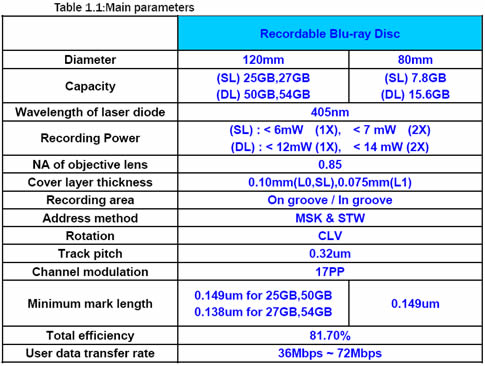
The recordable layer of a Recordable Blu-ray Disc, employs either organic or inorganic materials. For a single-layer Recordable Blu-ray Disc, the thickness from the disc surface to the recording layer is 100 µm.
For example, Fuji Photo Film Co., Ltd. has successfully demonstrated BD-R that can be readily put into commercial production using organic materials. Furthermore, TDK has realized BD-R discs using inorganic materials (a Cu alloy layer and a Si layer). In addition to the type of inorganic materials used by TDK, it is also possible to use write-once phase change materials.
Modulation Methods
The modulation scheme used for BD is 17 Parity preserve-Prohibit repeated minimum run-length transition (17PP). Parity preserve (P) refers to the method of ensuring the DC content in the data is zero. 17 refers to the minimum and maximum allowable run length limits (RLL) for data features (e.g. the marks/spaces, pits/lands) on the disc. So for BD we have a minimum data feature size of 2T and a maximum data feature size of 8T for the data (compared with 3T to 11T for the data features on DVD). Due to sync frames, feature lengths of 9T can occur.
Data Recovery Methods, Signal Processing Technology - PRML
For CD and DVD, the method for data detection was based on a zero crossing point method, using a conventional slicer. Basically, when the analogue signal (output from the optical pick-up) crosses a reference level, it indicates a binary transition. This method has its limitations, notably when the feature size (smallest pit/land) is less than the spot size, the modulation of the light is relatively small (the smaller the pit/spot size ratio, the smaller the modulation). Thus, the conventional slicer can create data with non-exact mark/space lengths – otherwise known as jitter, and when this jitter becomes greater than 0.5 of a clock cycle, it becomes a bit error.
Since the Blu-Ray format employs a 17PP modulation, the minimum-length mark is shorter than the optical spot size, resulting in high density recording. Hence, when recorded signals are played back, bit error occurs at a high frequency, especially at the edges, which is related to minimum marks/spaces.
For BD respectively, the minimum feature/spot radius ratios is 0.85 of the ratio of DVD. This reduced resolution (low modulation of light by 2T pits) means that it is much more difficult to have effective data detection using a conventional slicer. Boosting the high frequency part of the signal has limited effect because this also increases the InterSymbol Interference (ISI), which is where adjacent pits and lands interfere with each other. This is mainly a problem with the shortest run lengths, particularly those that are smaller than the spot size.
Hence for BD (and HD DVD), the Partial Response- Maximum likelihood (PRML) method is used for recovering the data from the signal. It is not specified because the specifications deal with the manufacture of the disc, not the drive. This method is also more commonly used in hard drives.
Partial Response (PR) equalization is used to limit the effects of ISI, and then a sequence of bits is evaluated to define the most likely sequence of bits, based upon known allowed sequences. This is the Maximum Likelihood (ML) detection and uses a Viterbi algorithm to determine the ML sequence.
Block Diagram of a Blu-Ray System
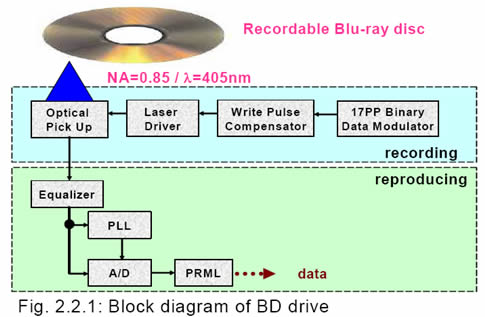
The basic recording/playback system for the Recordable Blu-ray Disc is shown in Fig. 2.2.1 The user data, already properly formatted (ECC and other sector information added), is modulated or encoded into a 17PP NRZI signal. This 17PP NRZI is sent to a write pulse compensator where the signal is modulated into a multi-pulse signal. By adjusting the leading edge of the first pulse and the trailing edge of the cooling pulse of the multi-pulse signal, we can control the amount of thermal accumulation relative to the mark length, enabling the accurate placement of mark edges. The pulse waveform thus modulated is sent to a laser driver circuit, which modulates the power of laser beam to record mark/space data on a Recordable Blu-ray Disc.
To play-back recorded data, the reproduced signal is fed through an equalizer to the phase locked loop (PLL). The output signal of the equalizer is also fed to the analog to digital converter (A/D) to be converted to a digital signal using the PLL clock timing. The output of the A/D is then passed through a PRML channel to correct any initial bit errors, and output as a NRZI signal to be demodulated from the 17PP code and any remaining errors corrected using the ECC.
Blu-Ray Disc Association
Review Pages
2. BD-R, BD-RE Format Information
3. BD File System, Digital Errors Measurement
4. BD-R/RE Media
5. BD-R/RE Data Burning
6. BD-R/RE Reading
7. First Impressions

